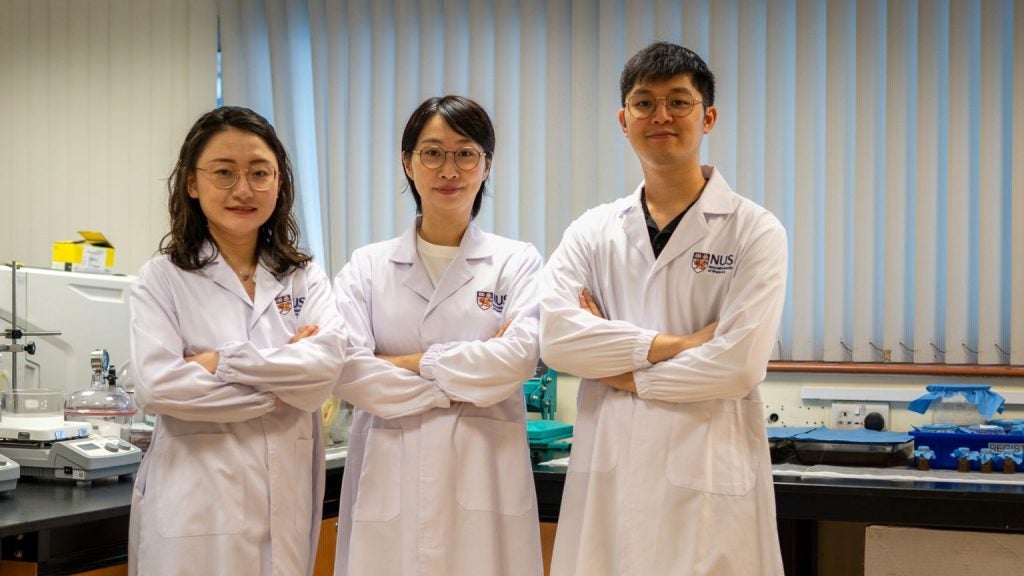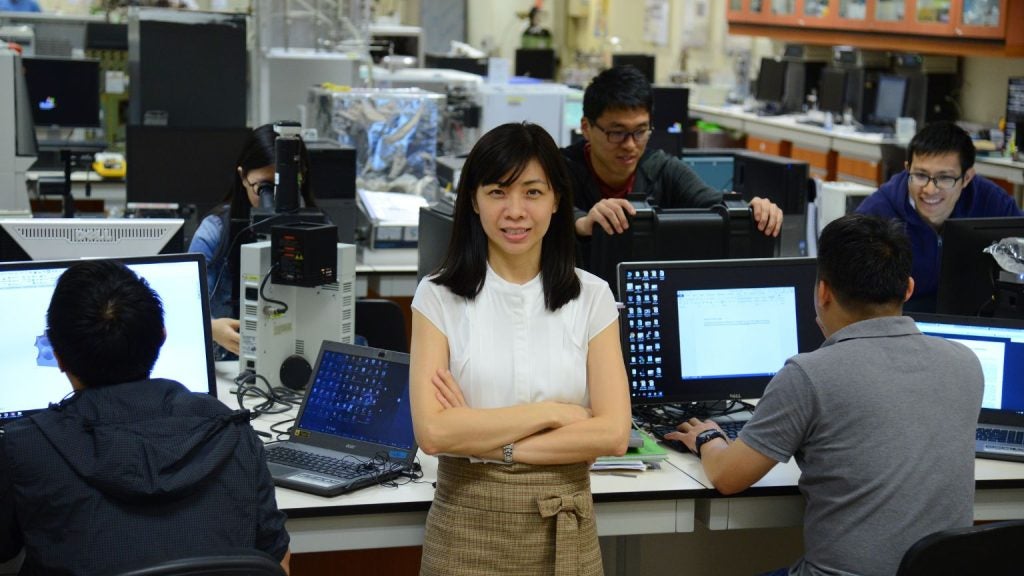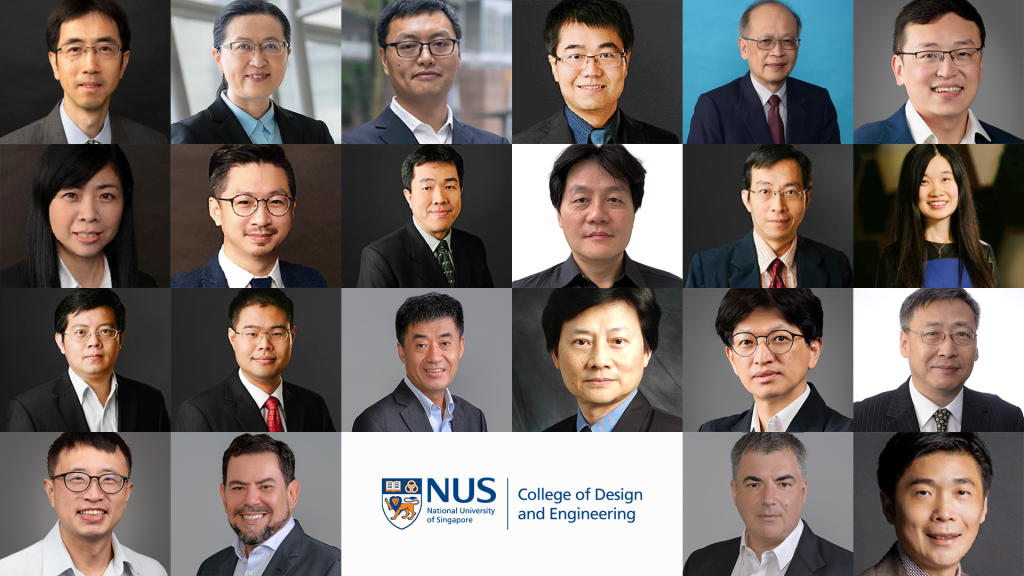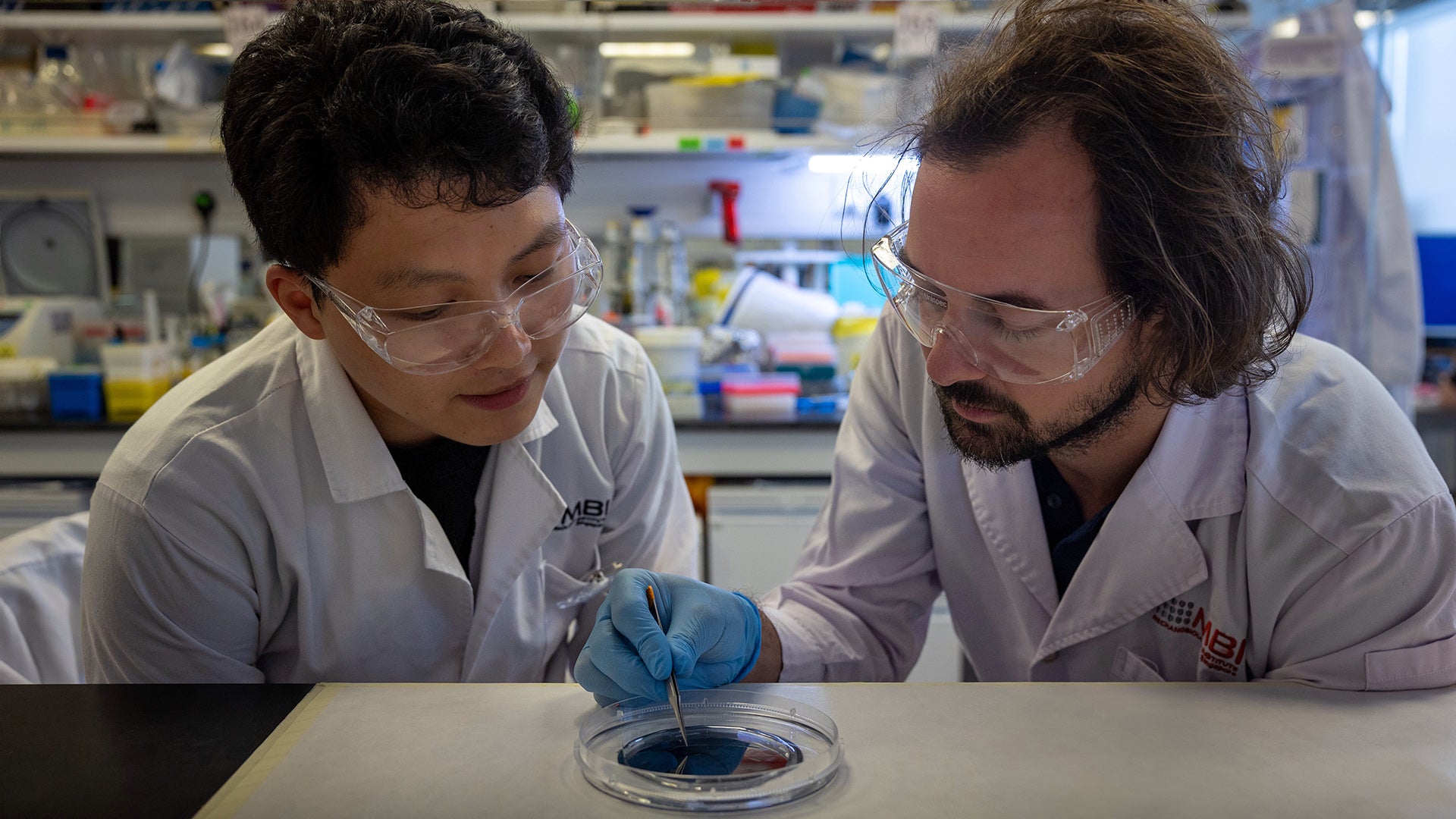
In a discovery that could reshape approaches to regenerative medicine and bone repair, researchers have found that human stem cells can be prompted to begin turning into bone cells simply by squeezing through narrow spaces.
The study suggests that the physical act of moving through tight, confining spaces, like those between tissues, can influence how stem cells develop. This could open new possibilities for engineering materials and therapies by guiding cell behaviour using physical, rather than chemical, signals.
The research was led by Assistant Professor Andrew Holle (Biomedical Engineering and the NUS Mechanobiology Institute) and was published on 8 May 2025 in the journal Advanced Science.
Asst Prof Holle leads the Confinement Mechanobiology Lab at NUS. His lab studies how physical constraints - especially the tight spaces cells encounter as they move - affect how cells behave, function, and develop. While most earlier research in this area focused on cancer and immune cells, his team is among the first to explore how these forces affect stem cells, with the aim of applying their findings to future therapies.
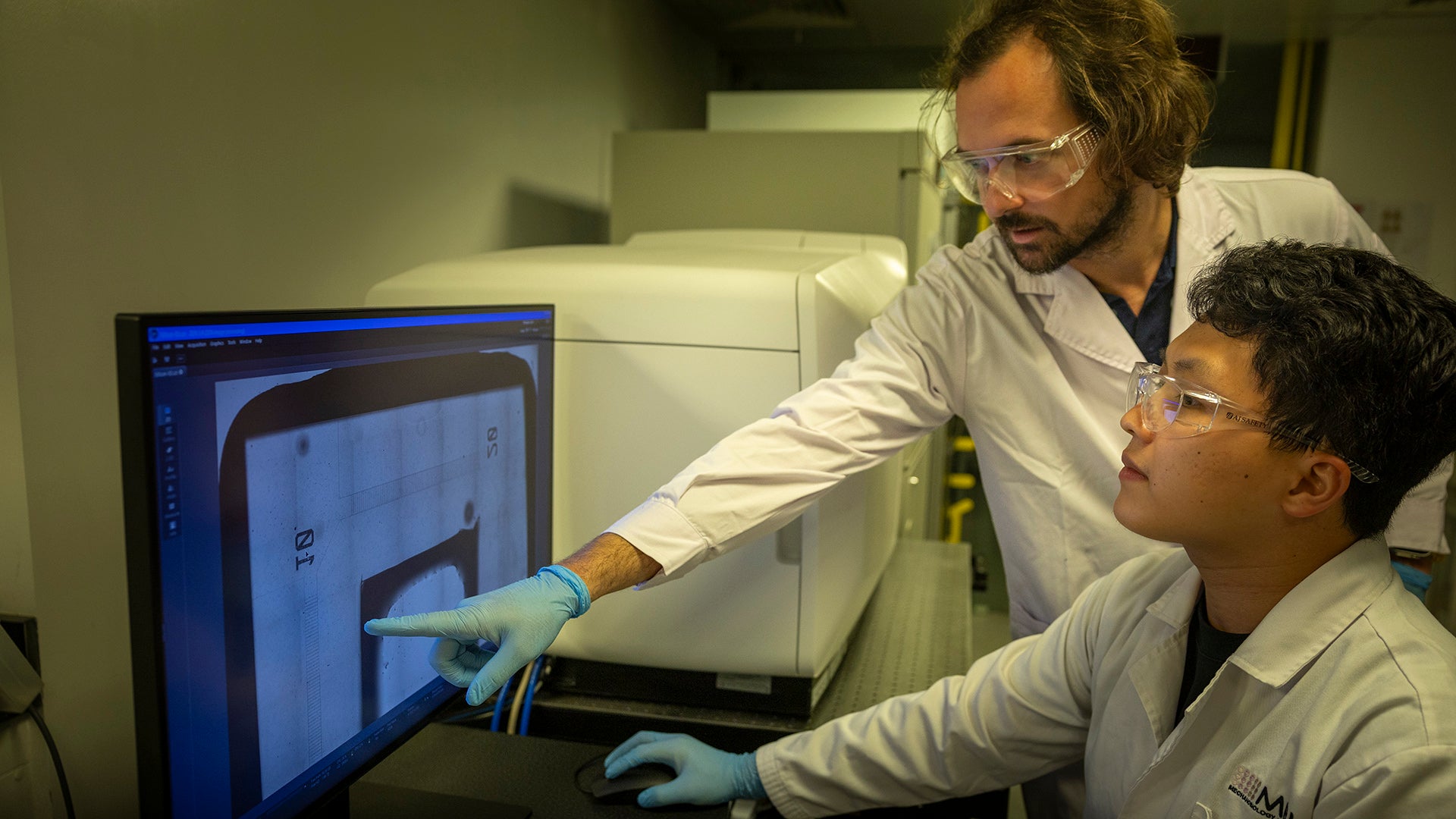
Mechanical ‘memory’
The researchers focused on a type of adult stem cell known as a mesenchymal stem cell, or MSC. These cells are found in bone marrow and other tissues and are known for their ability to develop into bone, cartilage, and fat cells. Because of these properties, MSCs are widely used in research on tissue repair and regeneration.
“To test how physical forces influence stem cell fate, we developed a specialised microchannel system that mimics the narrow tissue spaces cells navigate in the body,” said Asst Prof Holle.
They found that when MSCs squeezed through the smallest channels (just three micrometres wide), the pressure caused lasting changes to the cells’ shape and structure. These cells showed increased activity in a gene called RUNX2, which plays a key role in bone formation. Even after exiting the channels, they retained this effect - suggesting they carry a kind of mechanical ‘memory’ of the experience.
“Most people think of stem cell fate as being determined by chemical signals,” Asst Prof Holle said. “What our study shows is that physical confinement alone - squeezing through tight spaces - can also be a powerful trigger for differentiation.”
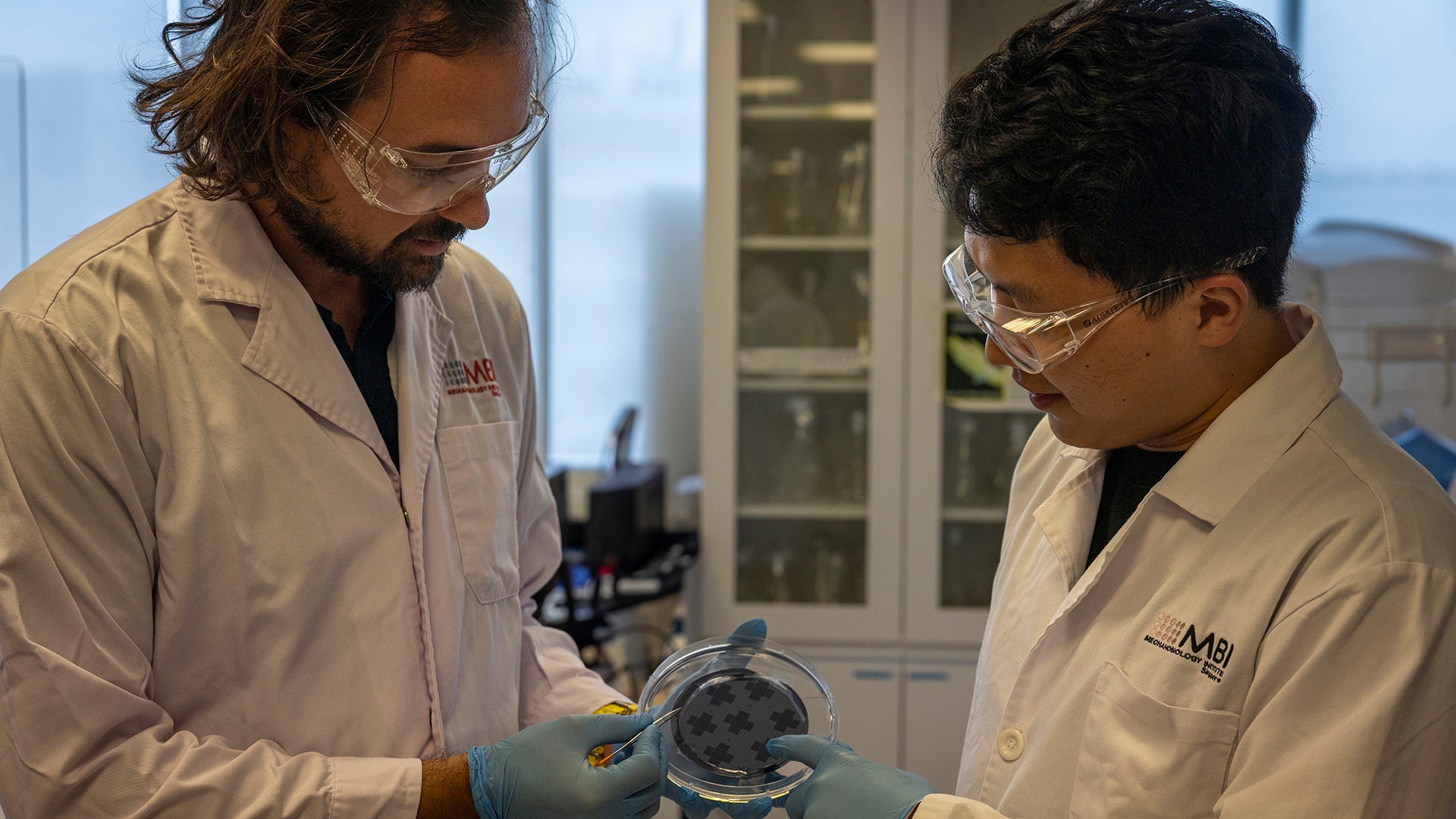
While traditional methods of directing stem cells rely on chemical cues or growing them on stiff or soft materials, Asst Prof Holle’s team believes confinement-based selection may offer a simpler, cheaper, and potentially safer alternative. “This method requires no chemicals or genetic modification - just a maze for the cells to crawl through,” he said. “In theory, you could scale it up to collect millions of preconditioned cells for therapeutic use.”
The researchers say their findings could help improve the design of biomaterials and scaffolds used in bone repair, by creating physical environments that naturally encourage the right kind of cell development. “By tuning the mechanical properties of materials, we might be able to steer stem cells more reliably toward the cell types we want,” Asst Prof Holle said.
Next steps
The approach could one day be used to speed up recovery from bone fractures or enhance the effectiveness of stem cell therapies. “We’d like to test whether preconditioned cells that have gone through this mechanical selection are better at promoting healing when introduced at injury sites,” Asst Prof Holle said. “That’s one of the next steps.”
Beyond bone repair, the research may have broader implications. MSCs are also known to migrate toward tumours, and the research team is interested in whether mechanically preconditioned cells might be better equipped to move through dense tumour tissue - a challenge that has limited the success of many current cell therapies.
The group is also exploring whether the technique could apply to more potent stem cell types, such as induced pluripotent stem cells (iPSCs), which can develop into almost any tissue in the body.
“We suspect that confinement plays a role even in embryonic development,” Asst Prof Holle said. “Cells migrating through crowded environments early in life are exposed to mechanical stress that could shape their fate. We think this idea has potential far beyond just MSCs.”



